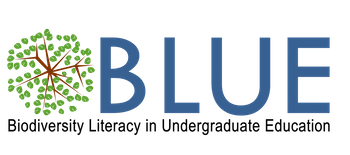Louse and Human Coevolution
Author(s): Anna Monfils1, Julie Allen2, Brad Goodner3, Debra Linton1
1. Central Michigan University 2. University of Nevada Reno 3. Hiram College
1963 total view(s), 1959 download(s)
Description
Upon completion of the module, each student should be able to:
- Evaluate how an organism’s form and function is influenced by evolutionary history, interspecific interactions, and environmental selection pressures.
- Evaluate an organisms’ evolutionary history using phylogenetic and morphological data.
- Hypothesize how biotic and abiotic factors in the environment relate to the form and function of an organism.
- Critically evaluate competing phylogenetic hypotheses.
This is the first of three modules that uses the lowly louse as the study system. We will be investigating lice to help us consider this question: “What determines the form and function of an organism?” There are three broad categories of influences on the form and function of an organism. These categories are: (1) the phylogeny, or evolutionary history of the organism, (2) selection pressures acting on the organism (including interspecific interactions), and (3) the genetic makeup of the organism.
In this module we will look at the complex coevolution of humans and lice.
Notes
This material is based upon work supported by the National Science Foundation under DBI 1730526; 1925312; 1902031. Any opinions, conclusions or recommendations expressed in this material are those of the author(s) and do not necessarily reflect the views of the National Science Foundation.
Cite this work
Researchers should cite this work as follows:
- Monfils, A., Allen, J., Goodner, B. W., Linton, D. (2020). Louse and Human Coevolution. Biodiversity Literacy in Undergraduate Education, QUBES Educational Resources. doi:10.25334/JJBH-SG27
